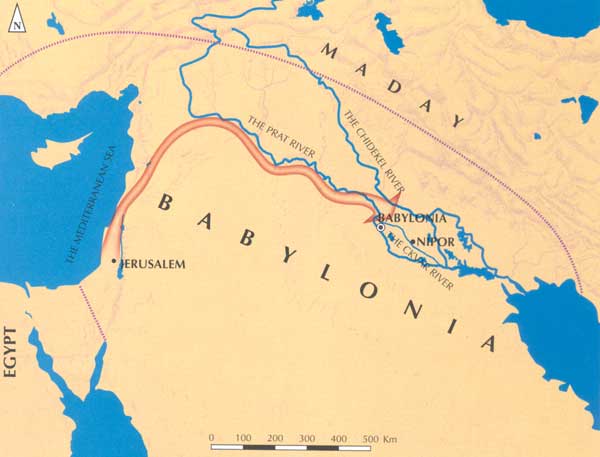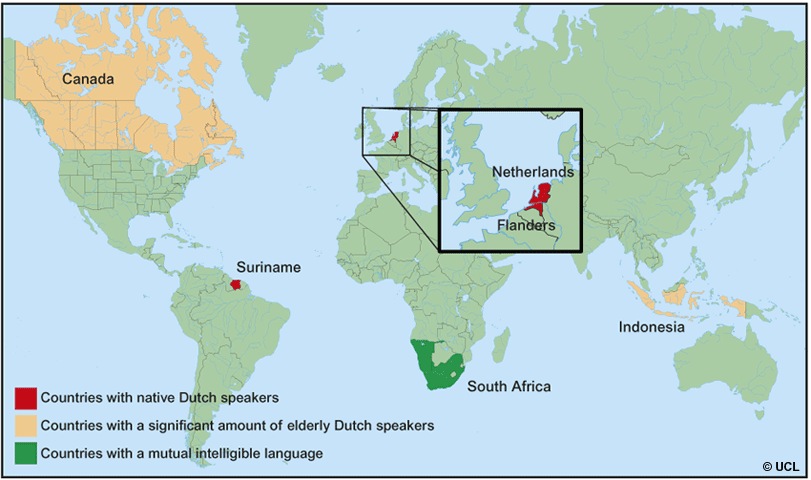Map Of Kanysh-Kiya
The Kani Shaie Archaeological Project is a fascinating study of ancient artifacts and architecture, illuminating the rich history of the region. Situated in a lush landscape, this archaeological site has been a source of wonder for experts and visitors alike. The project is a testament to the vast archaeological heritage of the Asian continent and its priceless contribution to world history.

Throughout history, the Asian continent has been home to some of the most advanced civilizations that have shaped the world as we know it. The Kani Shaie Archaeological Project offers a glimpse into the intricate lives of the people who once inhabited the area. With impressive architecture and detailed artifacts, the site is a must-see for anyone interested in history and culture.
Visitors to the site are treated to an immersive experience that transports them back in time. The ancient structures at Kani Shaie are reminiscent of the majestic temples and palaces of antiquity. These buildings were built with skill and precision, showcasing the technical prowess of the era. The intricate design and architecture of the site are a testament to the creative abilities of the people who once thrived in the area.
But the Kani Shaie Archaeological Project is much more than just a collection of ruins and artifacts. It offers a unique window into the culture and daily life of the ancient inhabitants of the region. From pottery fragments to clothing remnants, the site provides a glimpse into the customs and traditions of the past. The site is an important resource for experts and academics seeking to study and learn from the past.
The history of the Asian continent is vast and complex, and the Kani Shaie Archaeological Project is an important part of that history. The site provides valuable insights into the lives and practices of the people who once called the area home. From farming techniques to architectural styles, the project has something for everyone interested in learning about the past. The Kani Shaie Archaeological Project is certainly a remarkable example of how Asia is full of rich history and traditions that should be celebrated.
Diving deeper into the life and culture of the Asian continent is an exciting journey, with a plethora of cultural experiences, destinations, shopping, culinary delights and much more.
Demographics and Culture
The demographics of Asia are diverse, reflecting a wide range of ethnic, linguistic and religious groups. Asia is home to over 4.5 billion people, making it the most populous continent in the world. The region is also known for its rich cultural heritage, which dates back thousands of years. From ancient Greek philosophy to Chinese calligraphy, Asia has contributed immensely to the world's art, literature, science and philosophy.
Asian culture is highly diverse, with each country displaying unique customs, traditions and practices. Despite these differences, some common hallmarks of Asian culture include a focus on community, hospitality, and respect for elders and authority. Religion also plays a vital role in many Asian societies, with Buddhism, Hinduism, Islam and Christianity being some of the most widely practiced religions in the region.
Tourist Destinations
Asia is home to some of the world's most incredible and iconic tourist destinations. The towering heights of Mount Everest, the bustling streets of Tokyo, the serene beaches of Bali, and the majestic temples of Angkor Wat are just a few examples of the many unique experiences that Asia has to offer. Whether you're interested in history, culture, food or adventure, Asia is sure to have something that will capture your imagination.
The Taj Mahal in India is one of the world's most famous tourist destinations. Located in the city of Agra, this stunning monument was built by the Mughal emperor Shah Jahan in memory of his beloved wife Mumtaz Mahal. The Taj Mahal is a UNESCO World Heritage Site and is widely regarded as one of the greatest examples of Mughal architecture.
Another iconic destination in Asia is the Great Wall of China. This marvel of engineering stretches over 13,000 miles across northern China and is one of the most recognizable landmarks in the world. The Great Wall is another UNESCO World Heritage Site and attracts millions of visitors every year.
Shopping and Culinary
Asia is known for its vibrant markets, offering a wide range of goods and services that cater to every need and budget. From bustling street markets to modern luxury malls, shopping in Asia is an experience in itself. Visitors can find a range of products, including textiles, jewelry, electronics, cosmetics, and local souvenirs.
The culinary scene in Asia is equally diverse, with each country offering its unique flavors and traditions. From spicy curries to savory dumplings, visitors to Asia can indulge in a range of mouth-watering delights. Some popular dishes include sushi, pho, samosas, and banh mi sandwiches. It's also worth exploring the street food scene in Asia, which is an excellent way to sample local delicacies and experience the culture firsthand.
Tips for Visitors
Asia is a vast continent with a rich history and culture. Visitors are encouraged to plan their trip and do some research before arriving. Some tips to help visitors make the most out of their trip to Asia include:
- Research your destination and learn about the local customs and traditions
- Be respectful to locals and follow local etiquette
- Take time to explore the local markets and street food scene
- Use public transportation where possible, as it's often more affordable and convenient than taxis
- Learn some basic phrases in the local language to help with communication
- Be prepared for the weather and pack accordingly, as temperatures can vary widely between regions and seasons
FAQ
Q: Is Asia safe for tourists?
A: Asia is a relatively safe region to visit, but it's always recommended to take precautions and be aware of your surroundings.
Q: What is the best time to visit Asia?
A: The best time to visit Asia depends on your destination and the activities you plan to engage in. Generally, the spring and fall seasons offer comfortable temperatures and fewer crowds, making them ideal for travel.
Q: Do I need a visa to visit Asia?
A: Visa requirements vary by country, so it's essential to check with the embassy or consulate of your destination before arriving.
Q: What are some popular tourist destinations in Asia?
A: Some popular tourist destinations in Asia include Thailand, Japan, China, India, and Bali.
Q: What are some cultural practices that I should be aware of?
A: Different cultures have unique customs and traditions. It's important to research your destination and learn about these practices to avoid any unintentional disrespect.
Visiting Asia is a once-in-a-lifetime experience that is sure to delight and inspire visitors. From the rich history and culture to the iconic tourist destinations, Asia offers endless opportunities for exploration and discovery. The Kani Shaie Archaeological Project is a glimpse into the vast heritage of the region and serves as a testament to the continent's significant contributions to world history.



